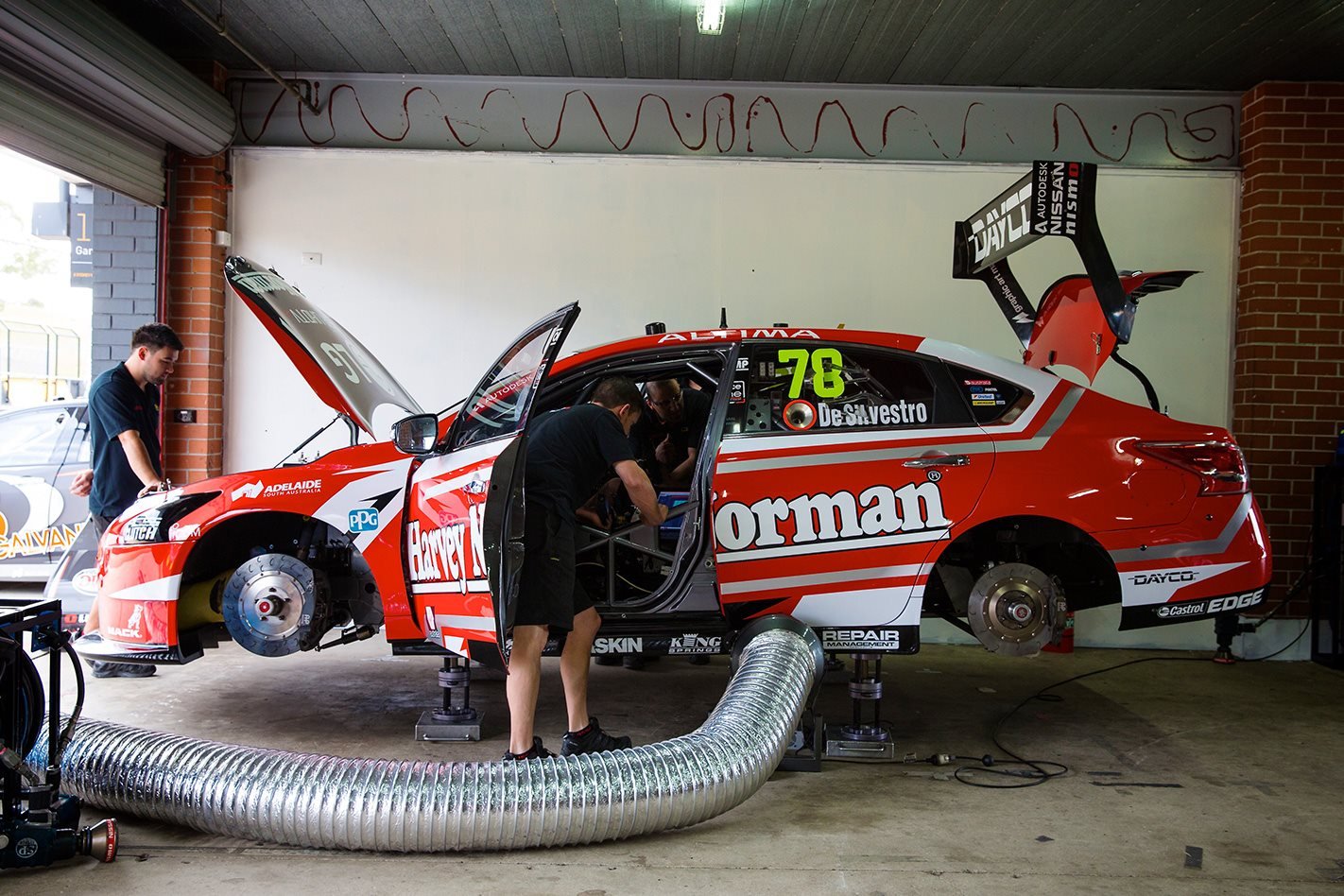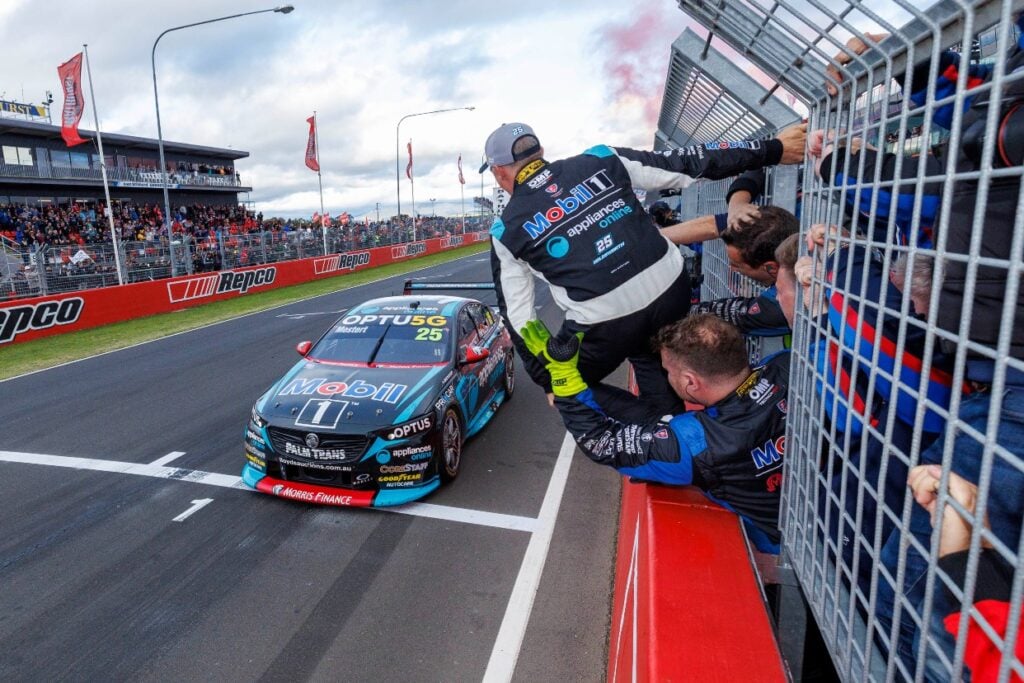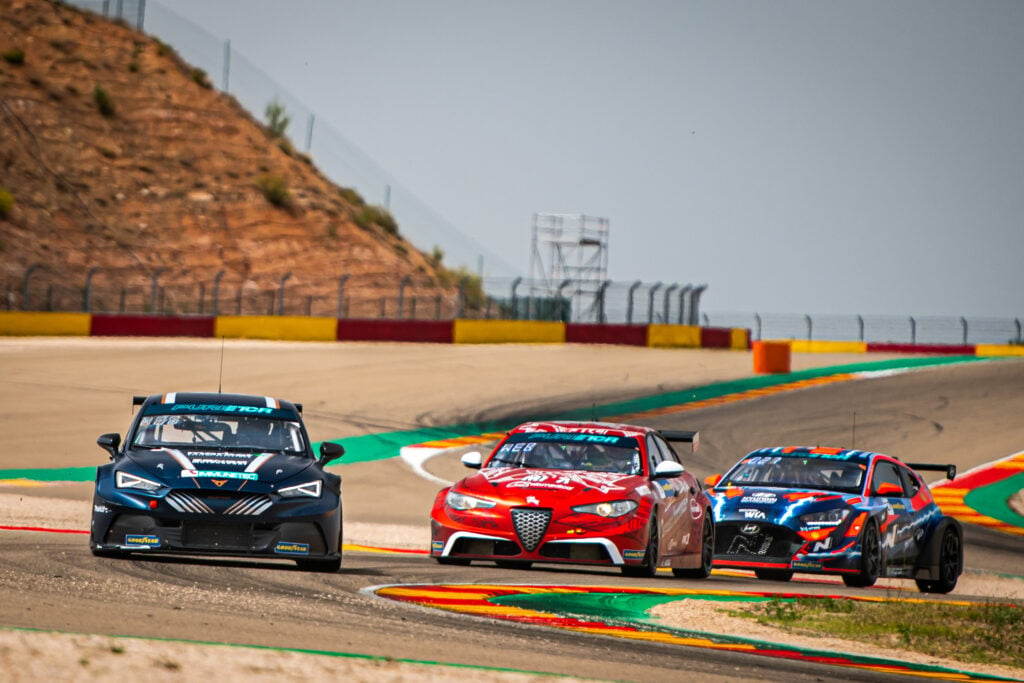THE Virgin Australia Supercars Championship (VASC) got the season underway yesterday at Sydney Motorsport Park. While it may appear that not much has changed for 2017 aside from the usual shifting of drivers/engineers, and new licks of paint, there are significant differences this year to seasons past – but it’s all in the rule book.
This season marks the debut of the Gen2 regulations, an evolution of the Car of the Future (or New Generation) era first implemented in 2013.
The Gen2 regs were first announced in December 2014, and shocked fans of the sport as they permitted the use of engines other than the V8 which had become synonymous with the category, along with coupe bodystyles (changing from a sedan-only history).
So what does it mean? And when are we going to see the first non-V8 two-door in the category?
The rules were developed to help attract more manufacturers to Supercars, so they can use engines and bodystyles that are more closely related to the road-going cars. However aside from the engine, a Supercar is still a ground-up race car built on the COTF chassis platform, with control suspension, braking, and gearbox components across the field.
Read more Motorsport news here
While engines are now open slather for teams and manufacturers, allowing for both forced induction and naturally aspirated combinations, along with any number of cylinders they desire, power is to be tightly controlled to ensure as much parity as possible.
The technical team at Supercars have their hypothetical work cut out for them trying to match the performance of a single-turbo four-cylinder, twin-turbo V6, and atmo V8.
While two-door bodystyles are now permitted, don’t expect to see any Lamborghini’s in the Bathurst 1000. The cars still need to have four seats, meaning cars like the Ford Mustang, and Nissan GT-R are more likely to be introduced. But the body must still fit on the COTF chassis, so roughly the same size as a Commodore, Falcon, Nissan Altima, or Volvo S60 – no Audi TT or hot hatches then.
The regulations were always going to be implemented for 2017, giving teams plenty of time to adjust, however it was always unlikely that a squad would jump ship to try something radically different. The Supercar teams have invested heavily in their current setups, and aren’t going to diverge from those paths just yet.
Holden and factory team Triple Eight Race Engineering (Or the Red Bull Holden Racing Team as it is called this year) is likely to be the first to ditch the V8 powerplant, with development currently being conducted on a twin-turbo V6 platform. Wheels believes this engine to be based on the 3.6-litre twin-turbo V6 LF3 from Cadillac road cars, and seen in the brand’s ATS-V.R GT3 race car.
This engine will debut at the same time as the NG Commodore body ‑ also being developed by Triple Eight for the 2018 season. It remains unclear how many Holden teams will replace their current V8-powered VF Commodore platforms with the V6 NG next year.
When the first two-door will join the championship is still unclear. Nissan has remained vague on whether it will continue with the Altima platform or change to the GT-R body. Meanwhile, both Ford teams (former factory squad Prodrive Racing, and DJR Team Penske) have expressed interest in running Mustang bodies in the future. This makes particular sense for Prodrive, with the team relaunching the Tickford brand last year, and the release of a tuned Mustang for the road. DJR Team Penske boss Ryan Story told Motorsport.com his team would need assistance from Ford if it was going to race the Pony car in Supercars. Don’t expect that funding to come from Ford Australia, however with Roger Penske’s close relationship with Ford in the US, never say never.
The ability for the championship to attract new manufacturers was a major selling point of the Gen2 regulations. Volvo pulled the pin on its Supercars operation with Garry Rogers Motorsport last year, leaving Holden and Nissan as the official manufacturers (all Fords are run without factory backing). However, rumours continue to abound in pitlane of at least two manufacturers circling teams for a crack at the category in the near future.
Kia and Alfa Romeo are both evaluating the prospect of a factory-backed assault on the Supercars championship. While they could join as early as next year, 2019 or even 2020 is far more likely – if they do decide on entering the series.
So while this year’s Supercar championship won’t appear too different on track, there will be plenty of studying of the rulebook behind the scenes as teams plan their futures in the sport. Although new engines and bodies will be introduced, it also highly unlikely the V8 sedan race car will disappear altogether due to the large investment placed in the package.






